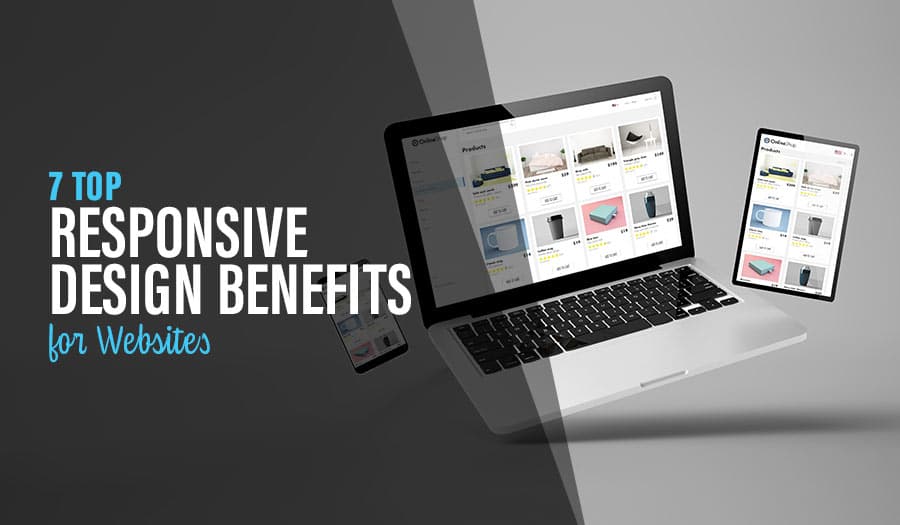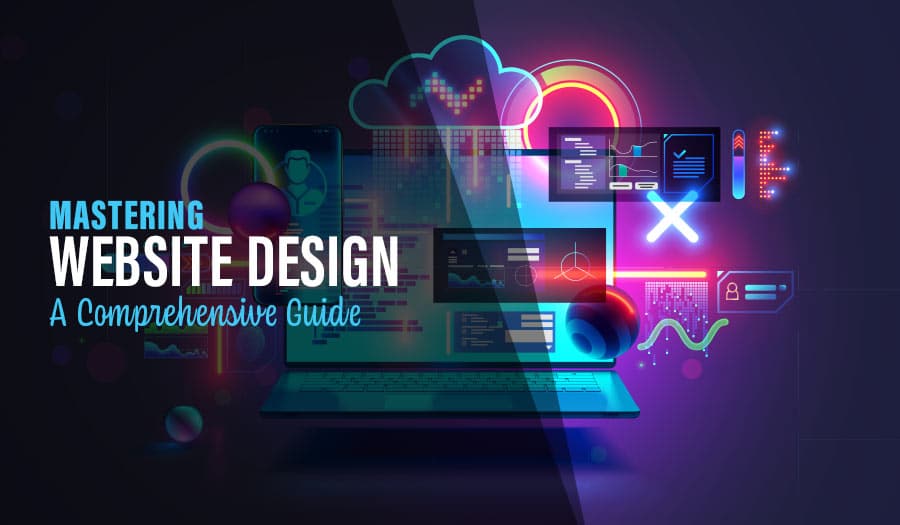As the world keeps moving quicker, one digital marketing truth is only rising in importance: your business website is far more than a digital billboard. In this new, digital age, it needs to be the focal point of your online presence. Let’s explore Direction in Web Design.
Here, you can give your potential customers an overview of your business and in-depth insights into its inner workings. You can publish valuable blog content that increases your search engine optimization and establishes thought leadership. And you can build conversion-focused sign-up forms that turn visitors into leads, nudging them closer to becoming customers.
To be successful when marketing your business to Australian and international audiences, you need a dynamic presence that is both visually attractive and functional. But the single most important aspect of that website should be the direction.
Understanding Direction in Web Design
First, let’s establish what exactly we actually mean by direction in this context. Put simply, it’s how you guide your audience toward accomplishing a goal you want them to accomplish. For an e-commerce site, that might be an actual sale. In other industries, it might include a call to your business. Generally speaking, it’s the action you most want your visitors to take.
Driving Toward the Conversion Point
Now that we understand the meaning of direction in web design, let’s consider how that might apply to your online presence. As anyone who has ever used a GPS in their car knows, directions only matter if they lead to a defined destination. Within your website, that destination is your conversion point. Common conversion points include:
- Generated lead through a signup page on the website
- Generated an online sale for an eCommerce website
- A physical walk-in/purchase in your store front
- A visit to your pricing page for more detailed information
- And much more.
Your goal is to build your website with the endpoint you most desire in mind. Once you define that definition, lay out your website in a flow chart format. Where exactly does the conversion happen? Are visitors able to get to it easily from any page on the site? What types of content are most relevant and might include a direct call to action button toward that conversion point?
The Importance of Visitor Journeys
At this point in the question, you might have more questions than answers about giving your website direction. That’s why it’s crucial to approach the concept and answer your questions with your visitors’ typical journey in mind.
To get to that point, it makes sense to map a typical journey. Using data from Google Analytics and qualitative information you have from your visitors, redraw the path most visitors take from the moment they arrive on your website. With this information, you can more easily build your content to guide your audience in the direction you want them to take.
Building an Effective Navigation
No direction-based web design effort is possible without the right navigation. The worst thing you could do is confuse your visitors with so many options that they get lost rather than finding the pages they need to find for maximum impact.
Butterfly has a great list of tips and best practices related to building your website navigation. Follow them, and you can help to ensure that once your visitors land on your website, you maximize their chances of actually converting to the action you want them to take.
Web design moving forward is complicated. But if you approach it the right way, you have the potential for immense success. Giving your website direction, and building its entire content and navigation with that direction in mind, is vital to growing conversions and growing your business. To learn more about effective web design, and how it can impact your business, contact us.
Let Sydney’s leading Web Design Agency take your business to the next level with a Pixel Fish Small Business Website.
Check out some of our latest Website Design projects and Testimonials.
Further Information:
Top 10 Tips to Create The Perfect Website Call to Action
Tips for Creating and Marketing a Financial Services Business Website
Top 10 Unbeatable WordPress Website UX Tips for your business
How to Drive Website Traffic with Podcasting for your business
Digital Branding: How to Create a Logo for your Digital Space
Top E-Commerce Shipping Options to Maximise Sales & Reduce Complexity
10 Social Media Publishing Tools To Streamline Your Content Marketing
The 8 Best Free Online Photoshop Alternatives
10 Best Practices for a Successful WordPress Website Design Project



